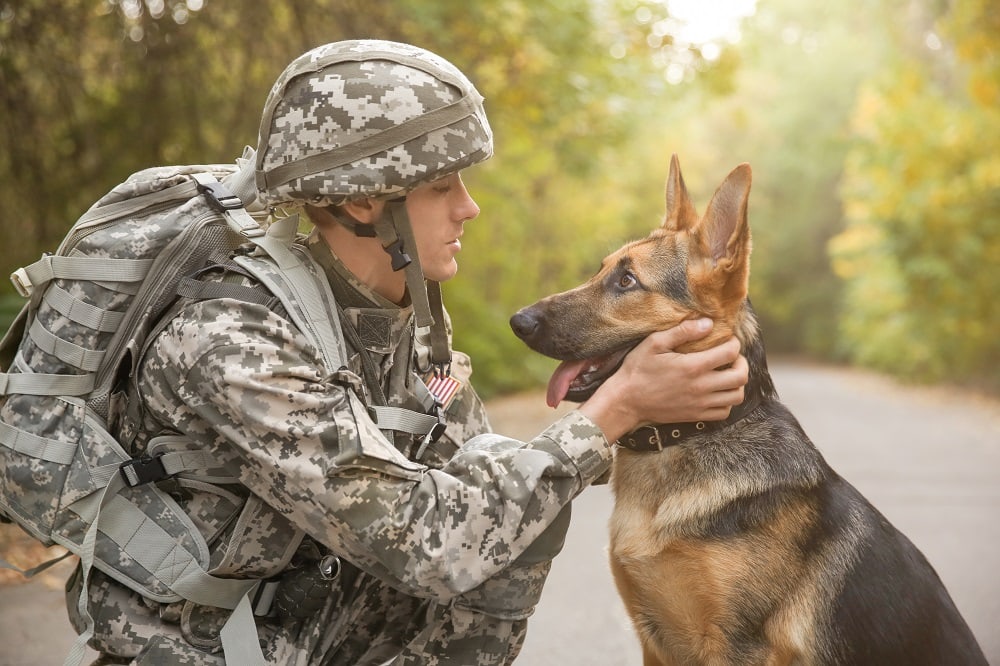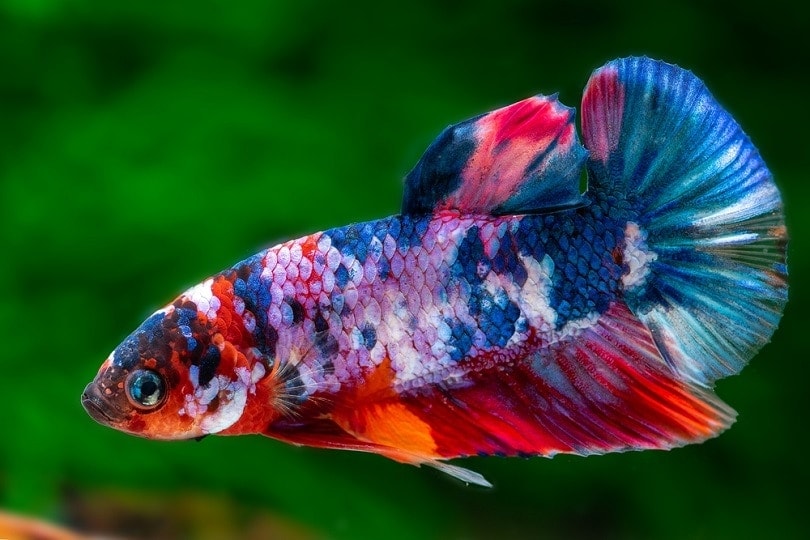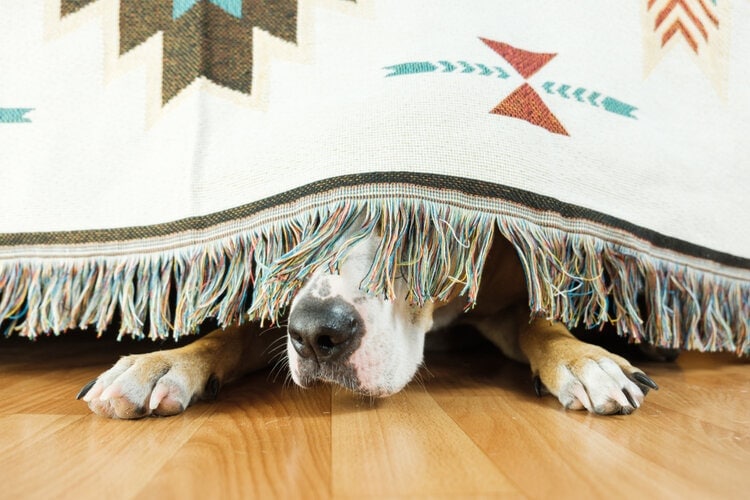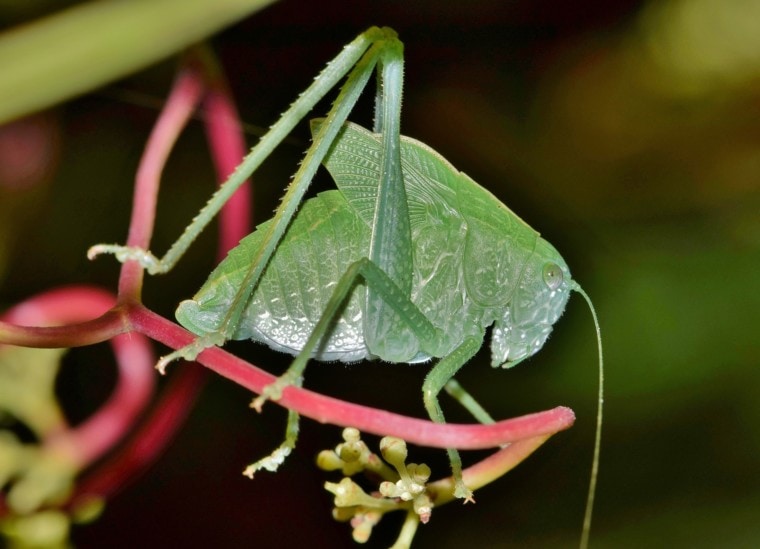
Do you enjoy listening to a choir of chirping crickets on a warm summer day? Then you probably will enjoy the sounds of katydids! These unique insects closely resemble grasshoppers. They have a slender shape and long legs and come in a large variety of sizes and colors. With over 6,400 katydid species in existence, they can be found all over the globe. In fact, about 255 kinds of katydids live in North America.
But do these bugs make good pets? For people who appreciate insects, yes, katydids make great pets!
If you already own a pet katydid, you might be wondering what types of foods are best for this little critter. A high-quality pet katydid diet closely resembles what they eat in the wild, including leaves and stems from a variety of different plants.
Here are foods that katydids eat both as pets and in the wild.
 Leaves and Stems
Leaves and Stems
In the wild, katydids primarily feast on leaves and stems from a variety of different plants. However, you can certainly feed your pet katydid these items right in your home! Feed your pet katydid stems or leaves from bramble, hazel, oak, or butterfly bush plants. Ensure that you’re only giving your insect one to two leaves each day to snack on.
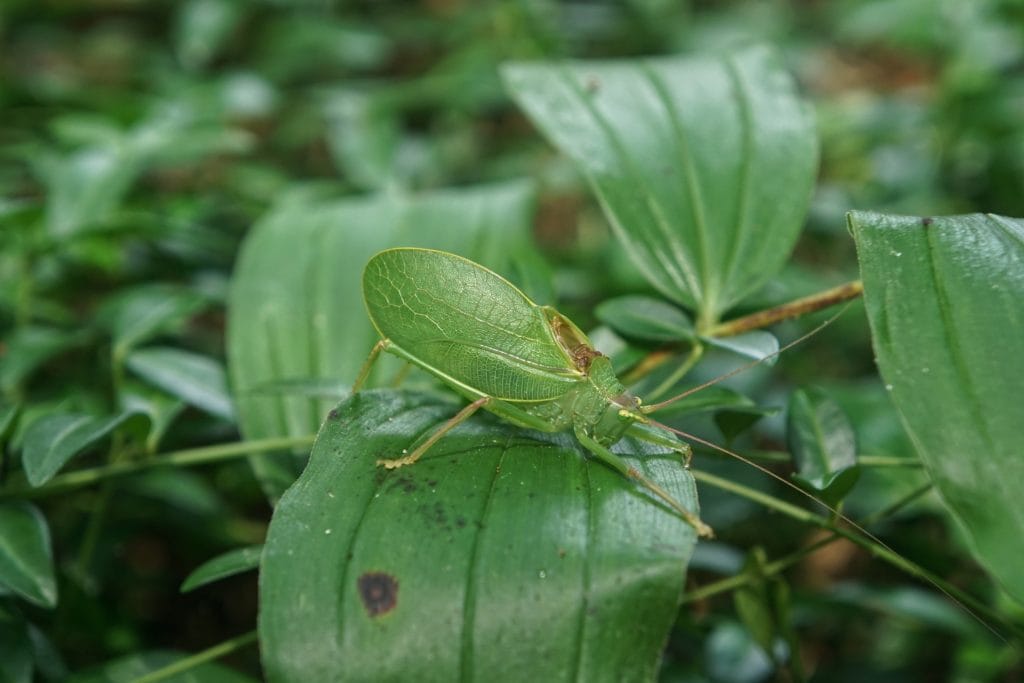
Fruit
Both wild and pet katydids can also eat fruit. Delicious fruit options to feed your bugs include apples, oranges, and grapes. Never leave fruit in your katydid’s enclosure for too long, though. Most fruits will start to rot after just a couple of days.
Small Insects
Although they mostly stick to plants, katydids have been known to consume smaller bugs, insect eggs, and dead insects. If you wish to treat your katydid to an insect, leave a couple of aphids in its tank. Aphids are tiny, sap-sucking insects that move very slowly. This makes them the perfect meal for your katydid. Leave the aphids in the enclosure overnight, and remove any leftovers the following day.
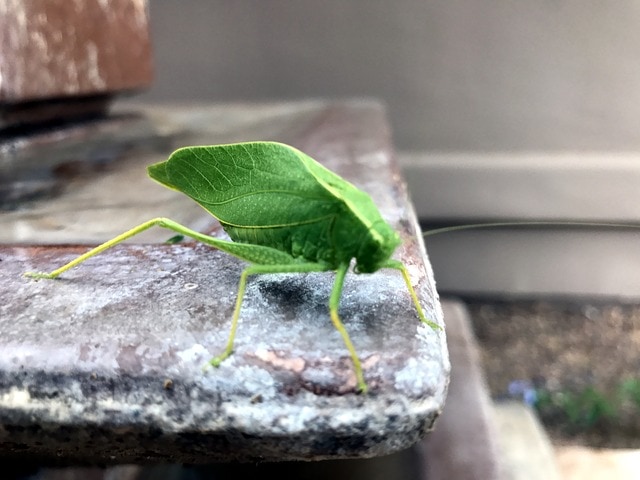
Additional Katydid Care Tips
Do you want to keep your katydids happy and healthy? Here are other katydid care tips that you need to know about:
- Keep your katydid in a 12 x 12-inch clear, plastic tank with a netted or mesh lid. Your katydids will hang from the lid when they’re molting. If you have more than one or two katydids, you’ll need to get a larger enclosure.
- Cover the bottom of the tank with 2 to 3 inches of substrate, such as potting soil, tissue paper, or tiny pebbles.
- Mist the inside of the tank daily to keep the humidity levels high. Additionally, the temperature inside the enclosure should fall between 77 and 86 degrees Fahrenheit. Place a light bulb over the tank to keep your pet bugs warm.
- Provide your katydids with plenty of items to climb on and hide in. These can include fake foliage, sticks, and paper towel rolls.
Related Reads:
- 10 Interesting Insects That Make Great Pets (With Pictures)
- Ghost Mantis: Care Guide, Pictures, Lifespan & More
- How to Take Care of a Pet Praying Mantis
 Final Thoughts
Final Thoughts
Pet katydids need a balanced diet of leaves, fruits, and the occasional small insect to stay healthy. Feed your katydids leaves from oaks or bramble, fresh fruit, and aphids. By replicating their natural diet, your pet katydids are sure to thrive!
Featured Image Credit by Brett_Hondow, Pixabay

 Leaves and Stems
Leaves and Stems
